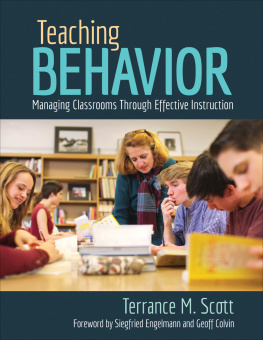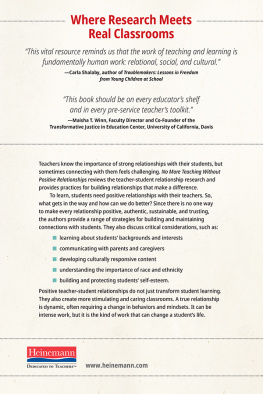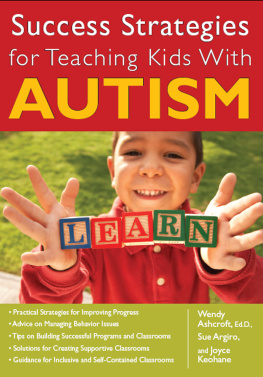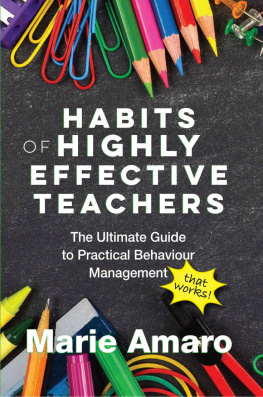Copyright 2015 by Glynis Hannell
First Skyhorse Publishing edition 2015.
All rights reserved. No part of this book may be reproduced in any manner without the express written consent of the publisher, except in the case of brief excerpts in critical reviews or articles. All inquiries should be addressed to Skyhorse Publishing, 307 West 36th Street, 11th Floor, New York, NY 10018.
Skyhorse Publishing books may be purchased in bulk at special discounts for sales promotion, corporate gifts, fund-raising, or educational purposes. Special editions can also be created to specifications. For details, contact the Special Sales Department, Skyhorse Publishing, 307 West 36th Street, 11th Floor, New York, NY 10018 or .
Skyhorse and Skyhorse Publishing are registered trademarks of Skyhorse Publishing, Inc., a Delaware corporation.
Visit our website at www.skyhorsepublishing.com.
10 9 8 7 6 5 4 3 2 1
Library of Congress Cataloging-in-Publication Data is available on file.
Print ISBN: 978-1-63450-364-8
Ebook ISBN: 978-1-5107-0125-0
Printed in the United States of America
Table of Contents
The Teachers Guide to Intervention and Inclusive Education:
1000+ Teaching Strategies for Students with Learning Differences
The Teachers Guide to Intervention and Inclusive Education
1000+ Teaching Strategies for Students with Learning Differences
Introduction
Has there ever been a student who did not have learning differences? Probably not! Every single human being on the face of the earth is unique. That is something we take for granted. Out of all the billions of people in the world, no one has exactly your face, your way of walking or your way of learning.
As teachers, we know that the amazing diversity and variety of the human race is reflected in every group of students we teach. We wouldnt believe it if all our students looked and behaved the same and had the same way of learning! Working effectively with diversity, variety and differences is at the very foundation of what good teachers do best.
Some of the qualities attributed to a good teacher are that he or she:
develops ways to reach all children
teaches the way the student learns
never forgets what it is like to be a learnervulnerable, anxious or dependent
is able to change communication techniques to meet various students needs
has a big HEART
sets the foundationmakes a difference
enables his or her students to live better lives
In the following chapters, you will find a wealth of information on intervention and inclusive education (or simply referred to as inclusion ) as well as numerous specific strategies for implementing these approaches to teaching.
Intervention involves explicit teaching and targeted instruction. Intervention is when teachers teach in the way that the student learns.
Inclusive education (or inclusion) involves the use of a range of strategies to ensure that students with learning differences are full members of the classroom and school community. Inclusive education refers to how teachers can make a difference and enable all students to live better lives. It is not limited to students with special needs but includes all students with diverse needs.
Are intervention and inclusion extra things that teachers do on top of their regular work? No! Intervention and inclusion are what good teachers do all the time ! Therefore, this book is a practical resource for all educators who want to be good teachers and make a difference to all the students they teach.
Chapter One
Effective Teaching
Introduction
This chapter will explain some of the basic foundations of effective teaching. How does the brain actually learn? That, in itself, is a miracle. To be effective as teachers, we need to understand the gradual, biological process we call learning, because as teachers, we actually make a differencea real, physical differencein the way our students brains develop.
We also need to understand individual differences in learning capability and learning style. Then, we can adjust our teaching to the unique capacities of the individual students in our classes. Teachers who can do this are not only working hard, they are working smart!
Apart from inborn intelligence, every student has a range of personal qualities such as curiosity, persistence, self-confidence and so forth. The effective teacher can nurture these qualities and make a substantial difference in the quality of their students learning.
Take a moment to reflect upon your own school days. Which teacher had the greatest positive impact upon you? In all probability, it was the teacher who built your confidence, encouraged your persistence and excited your curiosity. This chapter provides a range of ideas for developing these positive learning characteristics in all of your students.
The chapter ends with some thoughts on creating an inclusive classroom. Being included in a group and feeling included can be two, quite different situations. The effective teacher does not just do inclusive things. The effective teacher builds a classroom community where inclusion is part of the social fabric of the group of students and adults who work together.
The following Appendix forms are referenced in this chapter in the order given:
#24 Teacher Checklist for Successful Learning
#26 Teacher Chart for Planning an Inclusive Program
#23 Teacher Checklist for Mastery Learning
#30 Student Guide to Making Changes
#33 Student Guide to Setting Goals
#35 Student Self-Evaluation
#39 Student Notes: Getting Ready for a Meeting
#36 Student: What I Think about School
#37 Student Reward Cards
#38 Student Guide to I Can Do
The Brain and Learning
Teacherspart of the miracle
The human brain is a miracle. From the earliest days of life, the cells of the human brain are organizing themselves into networks that communicate with each other, store and process information and learn new things. As teachers, we are part of this miracle. What we do in class will have a direct influence on how the students brains develop. How does this happen?
The developing brain
The human brain has at least 100 billion neurons (brain cells). Each neuron has a cell body and a tree-like structure of branches called dendrites. The dendrites reach out and connect with each other at junctions called synapses.
The synapses are a very important part of the brains information highway. Information is processed, stored and retrieved through the network of neurons and synapses. The more these networks are used, the more the connections build up, so things become easier and easier to do.
A child is equipped with many more neurons and synapses than they will ever need. The networks that are used grow stronger and more complex. Those that are unused may become lost. If teachers provide the right learning experiences, brain development is enhanced and accelerated.
Some brain systems, such as those for language and vision, have critical periods for development. Once the critical stage has passed, it is very difficult to fully develop the networks of cells needed for a particular function, such as language or vision.
For example, babies with amblyopia, or lazy eye, are born with one eye weaker than the other. The good eye may become dominant, and information from the weaker eye may be ignored. If this happens, the synapses connecting the weaker eye to the brain will fail to develop, because the synapses are not being used. Permanently impaired vision may result. That is why doctors often patch the good eye. They are trying to force the pathways from the weaker eye to develop before the synapses are permanently lost. There is a window of opportunity in early childhood for this to happen. If it is not developed during this time period, often those particular synapses in the visual pathways are lost, and the sight cannot be restored.










